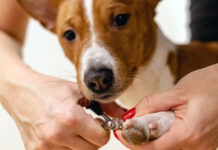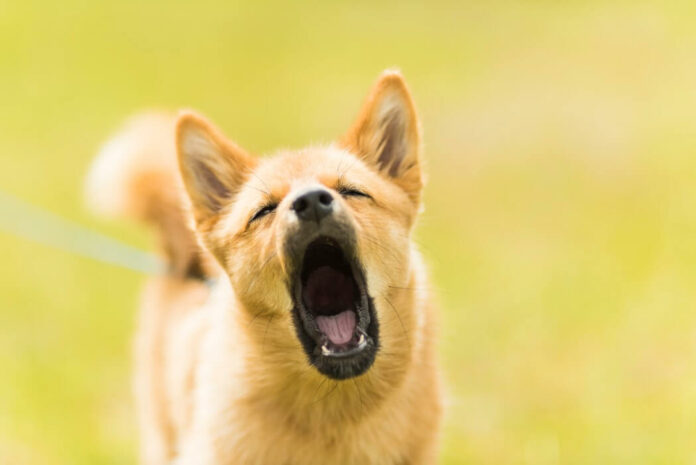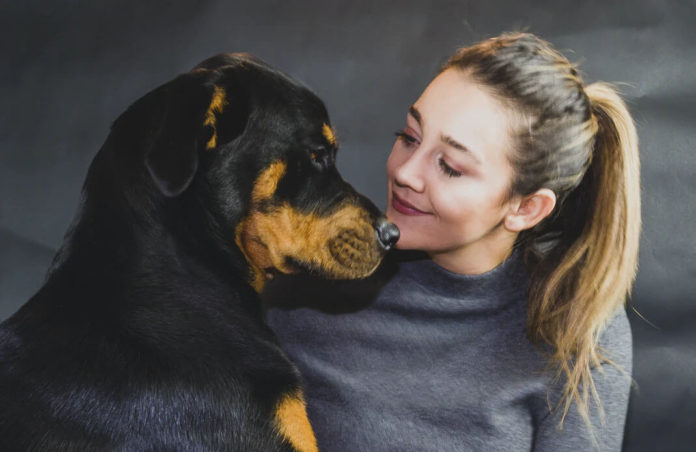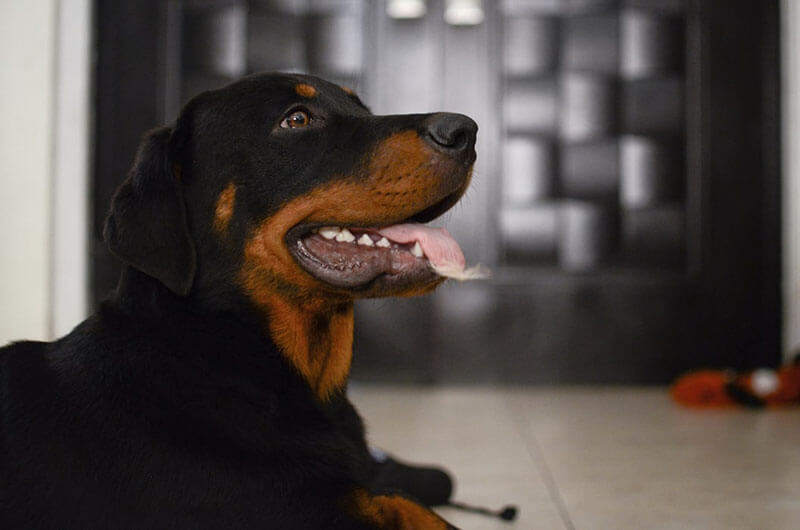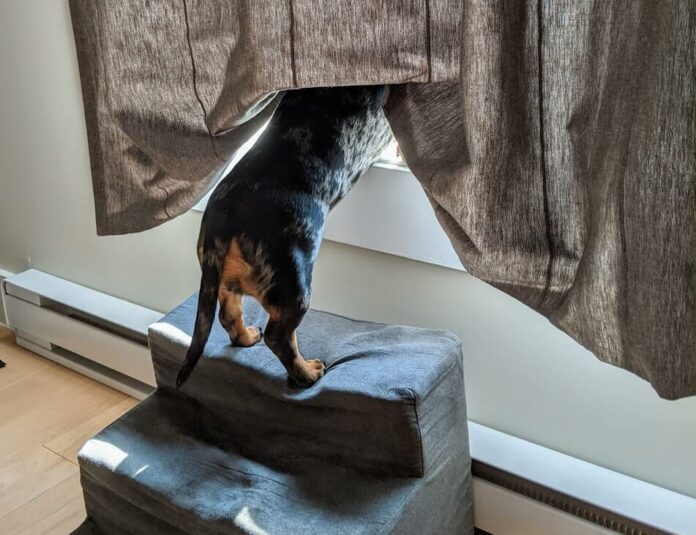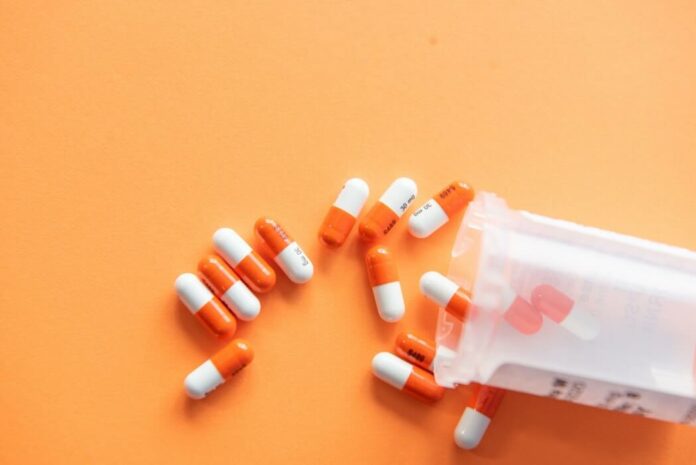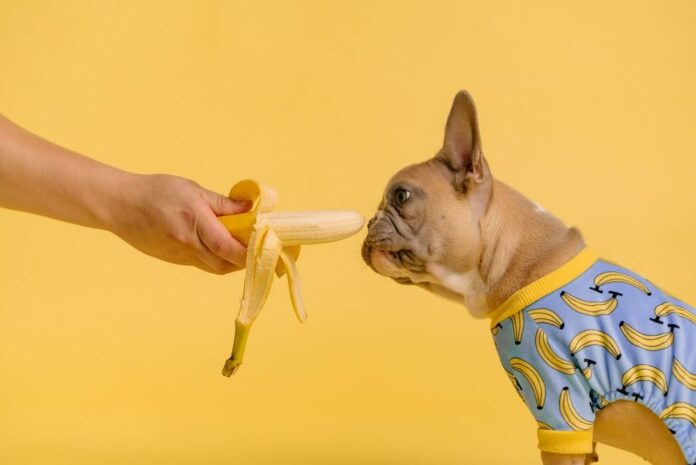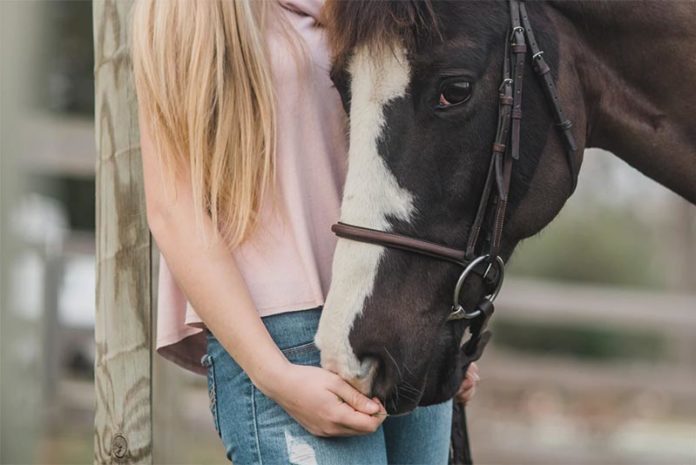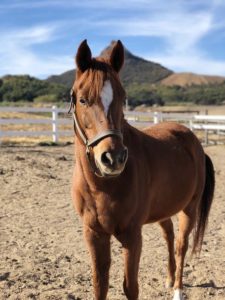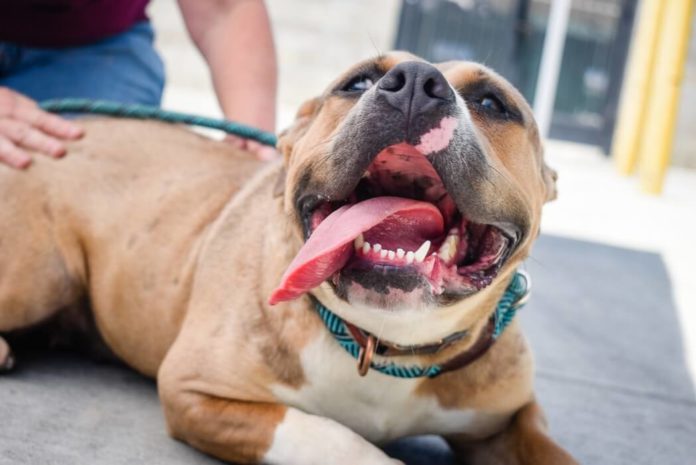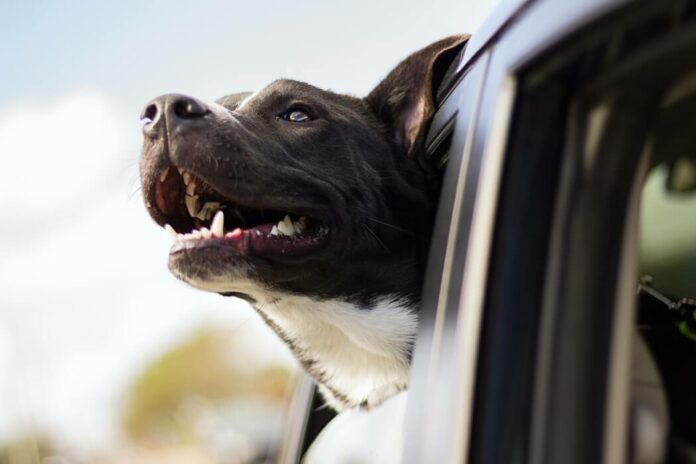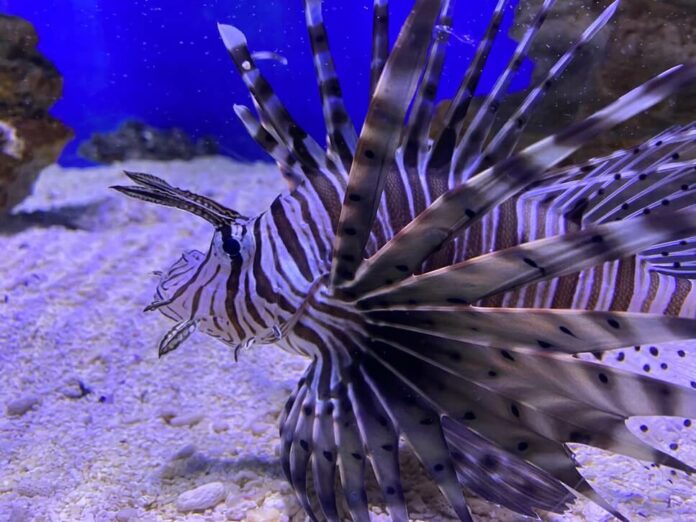What to Look For In a Dog Supplement
The market is exploding with products claiming to improve the health and wellness of individuals using vitamins and nutritional supplements. People are now seeking the same products to complement the health of their pets. The benefits of appropriate nutritional supplements are overwhelming and can add several healthy years to your life, as well as your dogs.
Dogs Age Faster Than People
Longevity is attributed 30 percent to genetics and 70 percent to lifestyle. Up to 90 percent of diseases in dogs are due to the degenerative processes associated with aging.
Does Your Dog Act His Age?
Because dogs age seven times faster than people, major health changes occur in a short amount of time. Dogs are considered puppies for about one year, adults from age two to six, and seniors at age seven. Giant breeds, like Great Danes, age even more quickly and are considered seniors at age five. Signs of aging in dogs occur slowly, but generally begin at maturity, somewhere between age one and two.
Dr. Denham Harman’s Free Radical Theory of Aging, applies to people and pets, including dogs. This universally accepted theory states that aging is a process in which the body’s systems deteriorate faster than the body can repair them.
The changes occur due to oxidative damage caused by harmful compounds called free radicals. Free radicals are toxic, electrically unstable molecules. As we age, they are produced more quickly.
Free radicals damage your dog’s body similar to the way oxygen causes iron to rust. They are detrimental to your dog’s genetic material, his DNA and RNA, his cell membranes and enzyme systems.
Free radicals are formed each time we take a breath. Exposure to the sun’s ultraviolet rays, as well as to environmental toxins, pollution, heavy metals and stress contribute to free radical formation. Your dog’s diet and drugs, such as antibiotics, are also factors.
Free radicals weaken your dog’s natural defenses and have been associated with the development of up to 90 percent of the age-related degenerative conditions we associate with aging:
- Cancer
- Heart disease
- Arthritis
- Diabetes
- Cataracts
- Premature aging
Our life span, as well as the length of your dog’s life, is ultimately determined by how quickly free radicals cause harmful oxidative changes to occur. Therefore what you feed your dog, as well as the supplements you choose for your dog are both very important.
Help Your Dog Enjoy a Longer, Healthier Life
Your Dog’s Diet
You are what you eat, and that’s just as important for people as it is for dogs. What you feed your dog directly affects his health and wellness. The longer and more consistently you give your dog an optimally balanced diet, the greater his chances are of living a longer, healthier life.
Dogs, like people are omnivores and can naturally exist on a diet of meat, fruit and vegetables. Consult with your vet to determine the best diet for your dog. Commercial varieties worth looking into include organic, natural diets such as Prairie made by Natures Variety.
Homemade, natural diets take more time and effort but in many cases are well worth the extra effort. Vegetarian and raw food diets are another option that, with careful supervision, may provide complete and balanced nutrition for your dog.
According to the Guinness Book of Records, a Border Collie in England named Taffy, lived to the spry age of 27 eating an all-natural, organic diet.
Healthy Dog Snacks
Fruits and vegetables are healthy, low calorie snacks many pets enjoy. Those rich in antioxidants are especially beneficial for your dog:
- Oranges
- Tomatoes
- Sweet Potatoes
- Carrots
- Cantaloupe
- Asparagus Tips
Oranges are rich in Vitamin C, tomatoes are filled with Lycopenes and sweet potatoes are a source of Vitamin E and Beta Carotene. Carrots and cantaloupes also provide Beta Carotene for your dog.
Antioxidant Supplements for Your Dog: Sooner Not Later
Recent research documents that antioxidants provide very bright prospects for increasing the quality and length of your dog’s life. In addition, scientists have found that sooner is better than later as far as your dog’s potential health benefits. Antioxidant supplementation started as a puppy, before free radical damage has occurred, can increase the healthy lifespan of your dog by up to 20 percent.
Antioxidant supplements, including Vitamins A, C, and E, the minerals Selenium and Zinc, and the nutrients Alpha Lipoic Acid and Coenzyme Q10, are the body’s natural defense against free radical damage. They can help to protect your dog by neutralizing free radicals and decreasing the resultant levels of oxidative damage.
Other noteworthy antioxidant supplements for your dog include:
Bioflavinoids, which help to decrease allergic reactions, asthmatic attacks and have anti-cancer benefits for your dog.
Green Tea, whose antioxidants may decrease the risk of heart disease and cancer and help protect the blood vessels nourishing your dog’s heart and brain.
Lutein, a plant pigment from marigolds, helps to protect your dog’s eyes and may reduce the risk of cataracts.
Melatonin, a potent antioxidant that acts to normalize sleep patterns. It also protects your dog’s brain and has been used successfully with cancer therapy.
The effects of antioxidants are beneficial and act synergistically for people and dog’s undergoing cancer therapy. In well controlled studies, people and pets treated with antioxidants (with or without chemotherapy and radiation) have tolerated treatments better and experienced less weight loss. More importantly, they enjoyed a better overall quality of life and lived longer than individuals receiving no supplements.
Nutritional Supplements for Your Dog’s Bones, Joints & Cartilage
Glucosamine is an amino sugar naturally produced in your dog’s body from glucose, which is your dog’s blood sugar, and the Amino Acid, Glutamine. It helps the cartilage between the joints retain water so the cartilage can act like a cushion to absorb shock and withstand compression. Glucosamine is vital to protecting the health and integrity of your dog’s bones, joints and cartilage. It helps to:
- Decrease joint inflammation and pain
- Promote cartilage repair
- Aid healing of damaged joints
- Increase mobility in dogs with arthritis and hip dysplasia
Glucosamine is also a normal component of the urinary bladder in dog’s and cat’s and may help to relieve urinary disorders.
MSM (methyl-sulfonyl-methane) is a natural source of sulfur that works along with Glucosamine to help protect the health and integrity of your dog’s bones, joints and cartilage.
Essential Fatty Acid Supplements for Your Dog
Essential Fatty Acids are vital to life and support all bodily functions in your dog. They help to keep cell membranes soft and pliable, so your pet’s cells can absorb dietary nutrients. They enhance your dog’s skin and hair coat and are needed for the normal development of the nervous system and brain.
Fatty Acids are vital to brain health and help to preserve mental clarity. They decrease the risk of Alzheimer’s disease and dementia in dogs, cats and people. Fatty Acids may reduce the risk of heart disease, stroke and high blood pressure, as well as provide therapeutic effects in your dog for:
- Arthritis
- Lupus
- Inflammatory bowel disease
- Cancer therapy
- Kidney disorders
Flea allergies, food intolerances and bacterial skin infections can often be relieved by providing your dog with fatty acid supplements.
The proper balance of Fatty Acids helps to reduce wear and tear on your dog’s body by decreasing stress triggered increases in cholesterol and the stress hormone Cortisol. Research indicates that the ratio of 5:1 of Omega 6 to Omega 3 Fatty Acids seems to provide the greatest clinical benefits, surpassing that of any individual Fatty Acid alone.
Amino Acid Supplements for Your Dog
Glutamine is the most abundant Amino Acid in the body. It is the major energy source for the cells that line the digestive system and strengthens your dog’s natural defense system known as the immune system.
Glutamine promotes healing of the digestive system thereby reducing bowel disorders. It spares protein and reduces muscle loss during periods of injury, stress and high endurance activities. Therefore it is especially beneficial for pets recovering from trauma and for working and show dogs.
Glutamine also has many anti-aging effects. It helps to preserve memory and to prevent the harmful effects of Cortisol, the hormone that is responsible for accelerating the aging process in people and in your dog.
Digestive Enzyme Supplements for Your Dog
Digestive Enzymes are produced by the salivary glands, stomach, pancreas and liver and are released into the digestive tract. Enzymes help your dog’s body to breakdown proteins, fats and carbohydrates in his food so they can be absorbed and utilized.
Your dog’s production of enzymes naturally decreases with increasing age. Illnesses, stress, food intolerances, allergies and drugs like antibiotics also have a negative affect on enzyme production and function. This can result in a variety of digestive disturbances ranging from flatulence and gas to diarrhea, life threatening dehydration and malnutrition.
Digestive Enzymes are vital to maintain your dog’s overall health. They improve the efficiency of digestion so your pet’s body can utilize the nutrients essential for energy production and ultimately for life itself.
They help the body to recover from disease and promote restoration of good health in your dog. Enzymes are useful to reduce pain and swelling after exercise or trauma and help speed up recovery rates. Enzymes support your dog’s immune system thereby enhancing his ability to ward off disease and infection. They have been also been used effectively in cancer therapy for people and pets.
Papain is an enzyme that has aspirin-like effects to decrease swollen, painful inflamed tissues in your dog. Bromelain is an enzyme found in pineapple stems that inhibits the spread of lung cancer in mice.
Digestive Enzyme supplements may be beneficial in dogs with digestive problems, immune disorders including rheumatoid arthritis and arthritis, cancer and a variety of bowel disorders. They are especially useful in older dogs with reduced digestive ability.
The Anti-Aging “A” Supplement List For Your Dog:
- Vitamin A/Beta Carotene: Antioxidant enhances immunity, essential for your dog to utilize protein in his diet
- Vitamin C: Antioxidant, needed for tissue growth and repair, enhances immunity, needed for your dog’s body to utilize Vitamin E.
- Vitamin E: Antioxidant, prevents heart disease, promotes wound healing, needed for your dog’s body to utilize Vitamin C.
- B-Complex Vitamins: As a group, B vitamins help your dog to maintain healthy nerves, skin and muscle.
- Coenzyme Q-10: A powerful, newly discovered antioxidant. Essential for immune function, beneficial in heart disease and gum/dental disease for your dog.
- Alpha Lipoic Acid: Antioxidant. Helps your dog to restore energy metabolism.
- Selenium: Antioxidant. Works with Vitamin E to help your dog fight infection. Beneficial to dog’s skin and hair coats. Deficiencies linked to cancer and heart disease.
- Zinc: Essential mineral your dog needs for protein synthesis, promotes healthy immune system, aids wound healing. Critical for hundreds of biological processes in the body.
- Omega 3 & 6 Fatty Acids: Essential component of cell membranes in your dog and is needed for healthy heart, brain function and skin and hair coats.
- Bioflavinoids: Enhances absorption of Vitamin C, has antioxidant effects and promotes normal blood circulation for your dog.
- Glucosamine and MSM: Promotes normal healthy bones, joints and cartilage for your dog.
- Digestive Enzymes: Essential for your dog to utilize and absorb nutrients from his/her diet.
- Melatonin: Immune modulator, antioxidant, triggers restful sleep for your dog.
- Ginseng: A metabolic tonic to promote brain health and overall wellness for your dog.
- L-Glutamine: Amino acid needed for your dog to energize the cells of his digestive system so dietary nutrients can be properly absorbed and utilized.
- Colostrum: The first milk your puppy receives from his mother. Provides your dog with antibodies to protect him against disease and aid immune function.
- Exercise: 20 minutes twice a day minimum for your dog.
- Balanced, natural diet: Feed your dog at least two meals daily. Fresh organic and natural sources are best.
- Relaxation: Stress and anxiety affect pets and people adversely. Set aside an hour a day to relax and enjoy your dog. Consider massage, yoga and music.
- Positive mental attitude: The mind-body connection is a potent promoter of well-being for you and your dog.
- Pure water: Fresh, non-chlorinated water is essential for people and for your dog.

